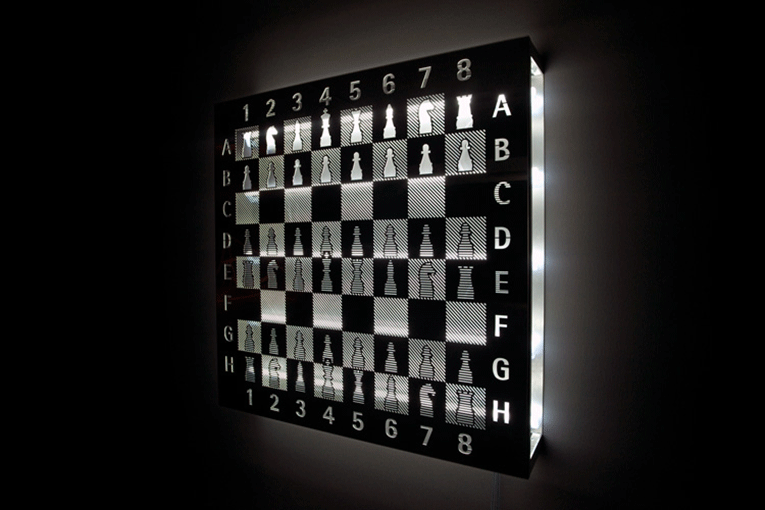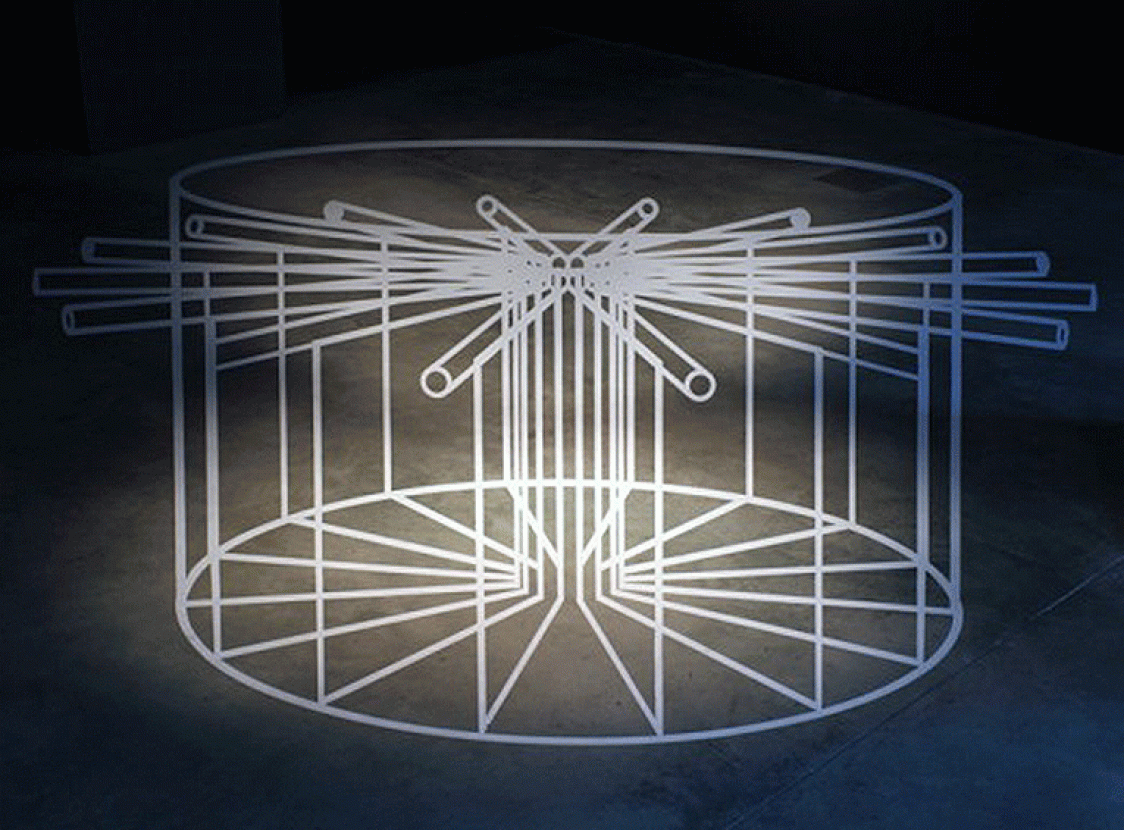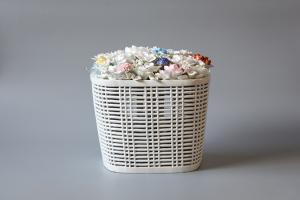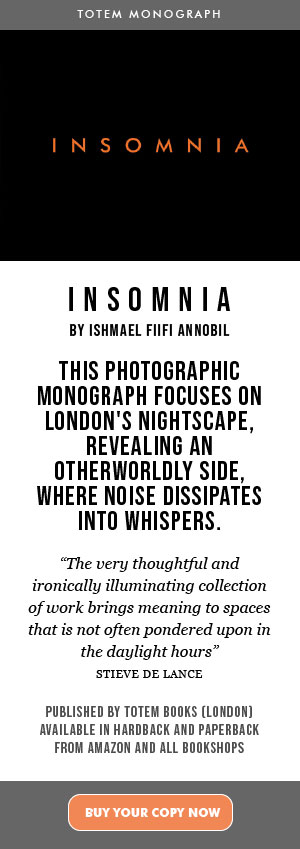ERGIN CAVUSOGLU: ALTERITY
Till 5 November 2011
Rampa Instanbul
Ergin Çavuşoğlu's exhibition, Alterity, considers the human impulse to see pattern and meaning in otherwise random events, examining this hermeneutic urge as both an inbuilt intellectual reflex and a means of consolation in an arbitrary, indifferent universe. The exhibition itself consists of a number of disparate elements. Unveiling a number of new pieces alongside highlights from his repertoire of video works, Çavuşoğlu retraces recurring preoccupations in his practice and shows older work in a new light.
The centre piece of the exhibition is a five-screen installation, Crystal & Flame, expanded from its first staging in London in 2010. This intricate, multifaceted work takes its cue from a quote from the writer, Italo Calvino, in his 'Six Memos for the Next Millennium.' In this, Calvino describes the transformative properties of fire and the phenomenon of crystallisation as exemplars of natural forces that echo the competing energies at work in the contemporary city.
Within the weave of the piece itself, form emerges out of flux before becoming re-cast and re-forged. Embodying this process is the filmed rehearsal of a theatre play, in which the director (as surrogate for the artist) endeavours to harness the parallel efforts and instincts of the actors, balancing the creative virtues of improvisation with the demands of the script. A further layer of meaning is bestowed by the play itself, adapted from a short story by Chekhov.

In its ambiguous stance on the merits and the limits of freedom, it contrasts a Utopian desire to both seize and change the moment with a sombre apprehension of the role of fate. Two iconic video sequences bookend the rehearsal footage. In one, a precious stone is honed and polished in the sanctum of a gem-cutter's studio.
In the other, a conversation ensues in the home-from-home of a local Turkish restaurant, the evident warmth of the gathering stoked by simple food from a rudimentary grill. The mood cools, and the food loses some its appeal, as one of the protagonists talks (at great length) of a film he aims to make, which addresses the tragedy of rural poverty and culminates in a scene where the daughter of a peasant family dies after the donkey she is riding wanders into a minefield.
A new piece by Çavuşoğlu picks up the thread, reinforcing the influence of brute reality and the asininities of destiny. Alluding to Robert Bresson's film 'Au Hasard Balthazar', Çavuşoğlu's video invokes not only its formal composition but also its iconography and its symbolism. In Bresson's film, a humble donkey (a metonym for Christ) enacts its own lumpen via dolorosa, as it is passed on from owner and subjected to increasing indignities.
Coincidentally, as if to prove that chance always carries a sting in its tail, the donkey's fate exactly mirrors that of the girl that first kept him as a pet. Although Çavuşoğlu's video follows closely in Balthazar's footsteps, it cannot hope to carry the stern force of Bresson's stark parable—indeed its subject may be how stories themselves are passed on, and made to serve new masters.
It is not too much of a leap of the imagination to compare an unwanted beast of burden with a bike abandoned at the side of the road. When that bike appears, as it does in another of Çavuşoğlu's observational cameos, 'Mountain Bike' (2003), not so much wrapped around as skewered on a lamppost in a London street, it has an apparitional, almost visitational quality.
One of those chance encounters that reveal the surrealism of the everyday, the image of the bike pinned and spread-eagled, alongside the 'Balthazar' video, lends it a whole other significance. The video is accompanied by drawings and sculptural objects (including a rendition of the bike itself). These collateral works extend the themes of the video elements, and continue the play of complexity and chance within the exhibition as a whole.
Rampa Instanbul
Şair Nedim Caddesi No: 21
a
34357 Akaretler, Beşiktas
İstanbul, Turkey
www.rampaistanbul.com
Opening Hours
Tuesday–Saturday 11:00–19:00
Untitled II, 2008 Pigment ink on Heritage Woodfree paper, 315 Gsm 136.5 x 101 cm
Silent Systems, 2011 Vinyl, HD camera, wall bracket, 46” HD monitor 900 x 400 cm
Image Credits
1. Ergin Çavuşoğlu, SYSTEMS, 2009
2. Ergin Çavuşoğlu, DOUBLE ATTACK, 2011



